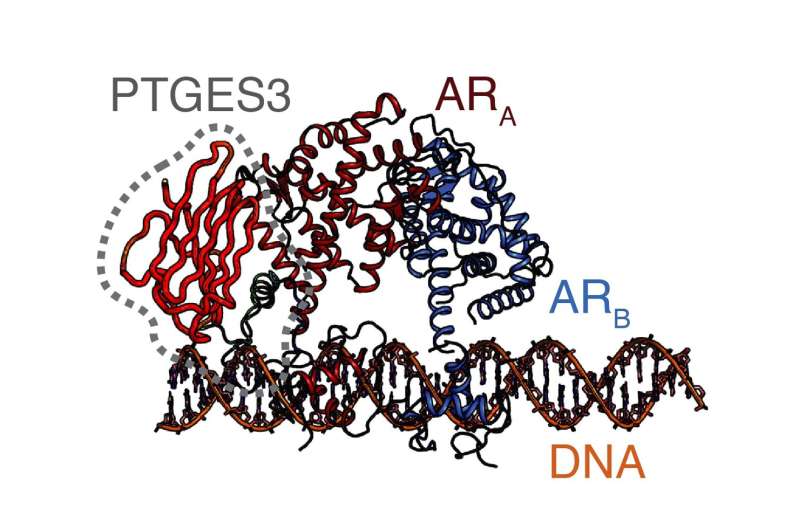This discovery, published in Nature Genetics, not only redefines PTGES3’s biological role in regulating gene expression, but also reveals a promising new target for treating aggressive prostate cancers resistant to current hormone therapies.
The research team made the association after creating a fluorescent tag that tracks androgen receptor levels in real time. The androgen receptor is a hormone-sensing protein that normally helps develop and maintain the prostate.
Androgen receptor activity is highly amplified in prostate cancer cells and drives aggressive tumor progression, making it a main target of current treatments. This tagging innovation allowed scientists to conduct genome-wide CRISPR screens to identify which genes are essential for maintaining androgen receptor levels in aggressive prostate cancer cells.

